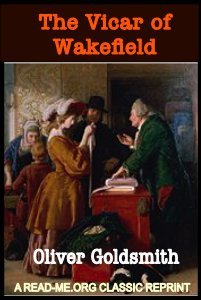By Jackie French
This is a love song to our nation, told in a single sweeping story
Jed Kelly has finally persuaded her great aunt Nancy to tell the story of her grandparents. The tale that unfolds is one of Australia's greatest romances - that of Clancy of the Overflow, who gave up everything for Rose, the woman he adored, and yet still gained all he'd lost and more.
But Nancy's story is not the history that Jed expects. More tales lurk behind the folklore that surrounds Clancy - the stories of the women hidden in Australia's long history, who forged a nation and whose voices need to be heard.
It is also a story of many kinds of love. Clancy's growing passion for the bush, immortalised in Paterson's poem, which speaks to him in the ripple of the river and the song of the stars, and Nancy's need to pass on her deep understanding of her country.
But perhaps the most moving love story of all is the one that never happened, between Matilda O'Halloran and Clancy of the Overflow. And as Jed brings all of these stories to life in her book, Matilda and Clancy will once again waltz beside the river and the forgotten will be given a new voice.
Australia. Harper Collins Australia. 2019. 446p.





















